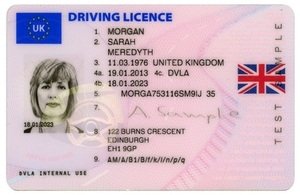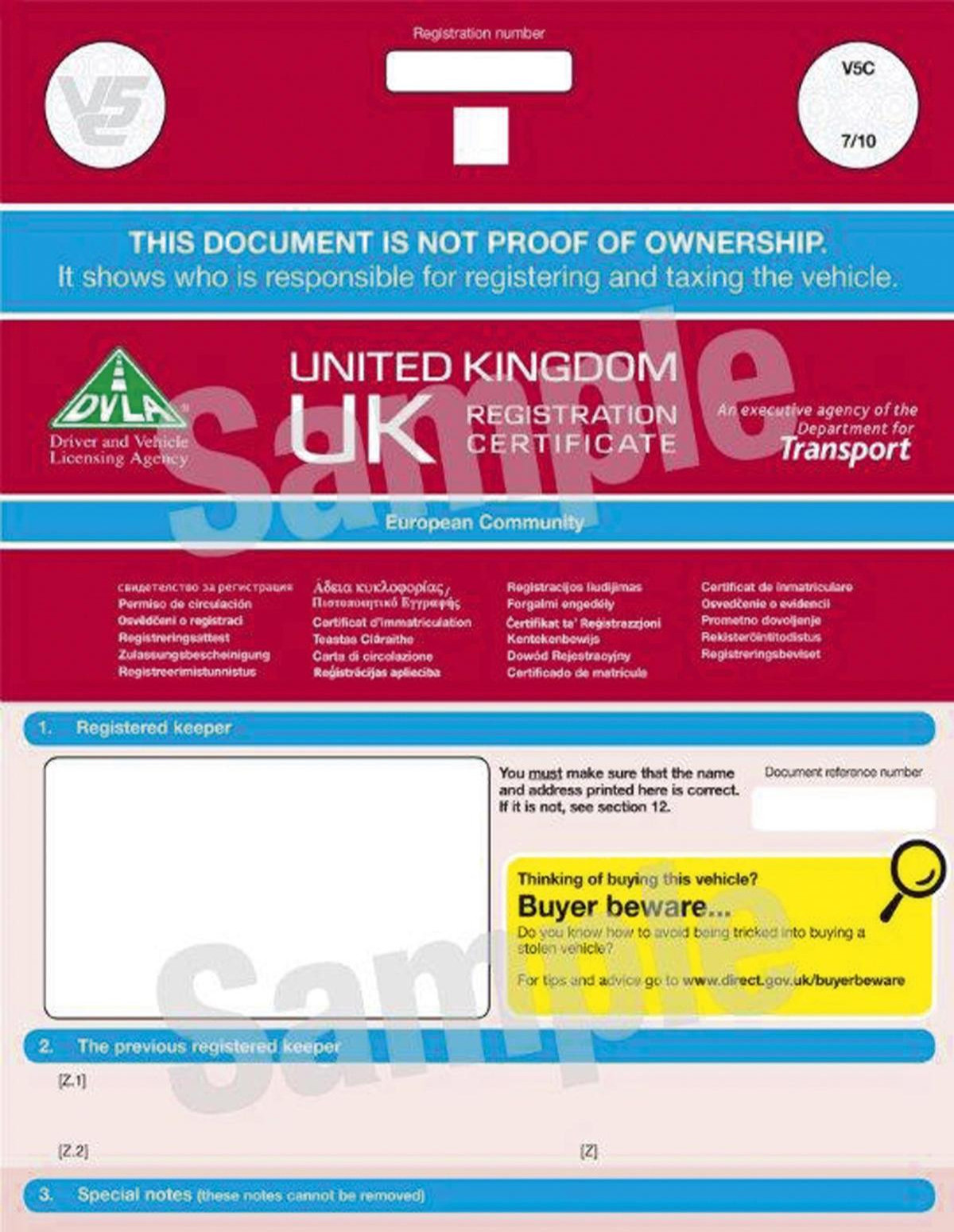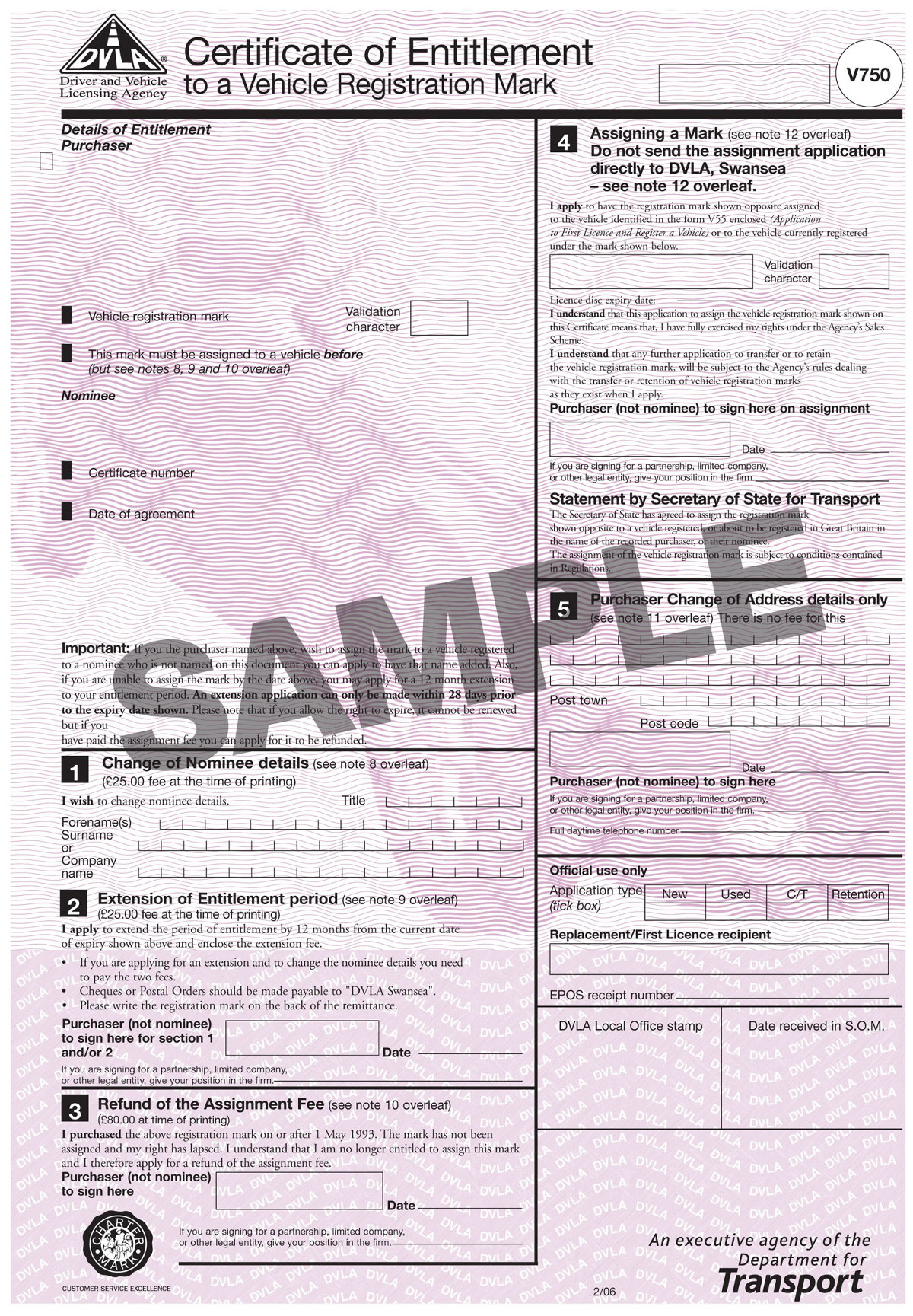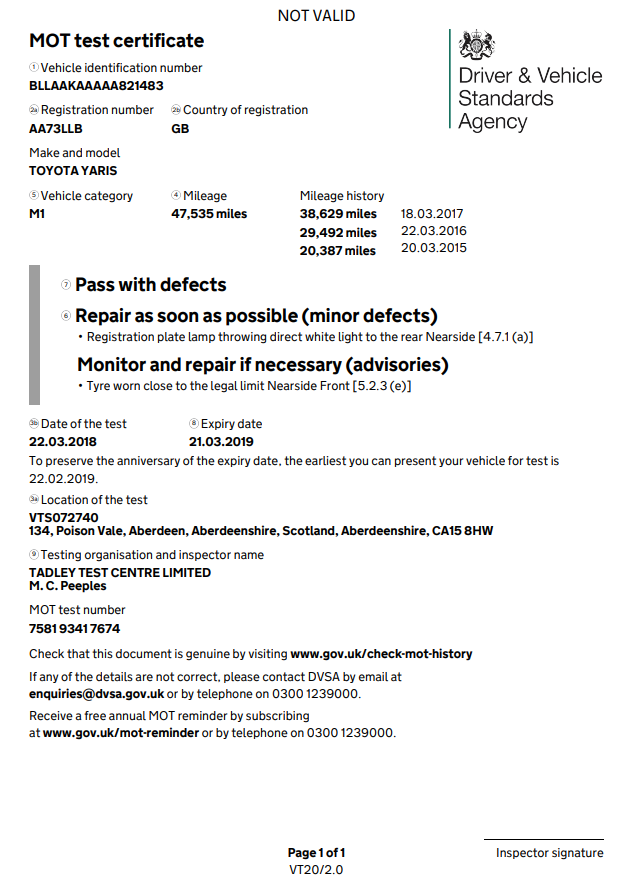When driving a motor vehicle there are certain documents (physical & digital) that you'll need in order to be driving legally. Over time all driver and vehicle documents will become digital. A comprehensive list of these documents and a detailed description of them can be found below. We have also provided you with some really useful links too!
Before you can learn to drive a car, you'll need to apply for provisional driving licence. This can be done up to 3 months before your 16th birthday, but you can only use it to ride a moped or light quad bike until you reach 17 years old. You cannot start learning to drive a car until your 17th birthday.
When learning to drive a car, you must be suprvised by someone who:
However, we do not recommend being supervised by anyone other than a Driver and Vehicle Standards Agency (DVSA) Approved Driving Instructor (ADI) until you have learnt all the basics of driving. Your family and friends may not have the patience, knowledge, experience, skill and a dual controlled car which is needed to keep yourself and others safe.
Apply for a provisional licence onlineWhen you pass a category A or B test, you'll be given a full driving licence for the category that you have passed. Category A is for a motorbike and category B is for cars and light vans up to 3,500kg (3.5 tonnes). The full driving licence will normally have provisional entitlements for other categories. Provisional entitlement for other categories is in lowercase letters on the full driving licence. See section 9 on the image below.

The V5C vehicle registration certificate (log book) has the name and address of the registred keeper, and the date when they acquired the vehicle. It also has the name and address of the former keeper, and the number of former keepers.
The V5C vehicle registration certificate (log book) also contains the vehicle details such as; Registration number, date of first registration, make and model, body type, tax class, weight, cylinder capacity (cc), CO2 emissions, fuel type, number of seats, axle type, vehicle identification number (VIN), engine number, colour.
Sold, transferred or bought a vehicle
The V750 Certificate of Entitlement has the name and address of the personalised registration mark owner and name of the nominee. A personalised registration mark is also known as a private plate!
The V750 Certificate of Entitlement also contains the personalised registration mark details such as; registration mark, certificate number and agreement date.
The personalised registration mark can be used on a vehicle in either the owners name or the nominees name.
Personalised registration marks can be held on a V750 or V778 for 10 years. If you wish to keep it longer, you can register for another 10 years free of charge. There's no limit to how long you can keep a personlised registration.
Much like a car, you can also sell a personalised registration mark. It can be sold on a vehicle or removed and sold separately!
Official DVLA Personalised Register
If you no longer want to keep your peronalised registration mark on your vehicle, you can apply to have it removed (put on retention). The original vehicle registration mark will be registered back to the vehicle.
You'll be sent a V778 Retention Document proving that you still have the right to use the personalised registration mark. It's essentially just a replacement for the V750 Certificate of Entitlement. If you compare the two documents you'll see that they're very similar documents!
Put on retention
When you apply online to put a private number plate on a vehicle, you'll be send an email with the attached eV948 Authorisation Certificate. This can be used to purchase a new number plates without waiting for the replacement V5C (log book) to arrive by post.
NOTE: You need to have a V5C in your name before you can register your personalised number plates to the vehicle. If you've just purchased the vehicle, it may take a few weeks to get your personalised number plates on it!
Put on a vehicle
Up until October 2014 the vehicle tax was known as a tax disc. The tax disc was a circular piece of paper which had the vehicle details, a unique serial number and an expiry date. This was commonly displayed in the bottom nearside of the front windscreen.
As of October 2014 the government stopped issuing paper tax discs. When you purchase vehicle tax it's stored on a database which can be checked easily using just the vehicle registration plate.
When keeping a vehicle on the road (NOT SORN), it must have valid vehicle tax. The easiest way to tax your vehicle is to do it online. You'll need the reference number found on one of the following documents; V5C, V5C/2 or V11, V85/1-HGV
If you do not plan to use the vehicle, you must keep it off the road. You may keep it on your driveway, in your garage or on private land. To do this you must make a Statutory Off Road Notification (SORN). Whilst your vehicle is off road and SORN, you do not need a valid MOT or vehicle insurance as you're not keeping it on a public road. Vehicle tax & SORN are not transferable when you sell your vehicle.
NOTE: If you have just purchased the vehicle, you'll need the green new keeper's slip (V5C/2) to tax it. You will need to tax it and have valid motor insurance for it before you drive it away. The vehicle tax is not transferable to the new keeper when the vehicle is purchased, so the new keeper must tax it immediately upon purchase.
When your vehicle tax is due, you'll get a vehicle tax reminder letter (V11) from the DVLA. The (V11) vehicle tax reminder letter normally arrives 2-4 weeks before your renewal date.
Vehicle tax is monthly, so it'll start after midnight on the first day of the month and will run out at midnight on the last day of the month . If you purchase your vehicle tax half way through a month, you'll lose a couple of weeks!
Vehicle tax can only be purchased for six or twelve months at a time, but can be paid monthly or for six months or twelve months. Paying monthly or for six months, will incur a higher rate of duty than if you pay for the full twelve months. The fees for vehicle tax vary according to vehicle type, fuel type and emissions.
HISTORIC VEHICLES: Vehicles constructed 40 or more years ago are exempt from vehicle tax. The 40 year exemption date rolls forward automatically each year on 1 April.
Calculate your vehicle taxThe Ministry Of Transport (MOT) test is a road safety measure designed to ensure that all cars, motorcycles and light goods vehicles which are more than 3 years old, are at least once a year examined at an authorised MOT test centre. The vehicle must comply with certain requirements of the law and must be properly maintained. If the vehicle passes the MOT test, it'll be issued with an MOT Test Certificate.
The Ministry Of Transport (MOT) authorised tester will check for the following; lights and switches, horn, speedometer, steering, suspension, brakes, number-plates, tyres, battery, windscreens, washer jets, wiper blades, mirrors, brake fluid, fuel system, seats, seatbelts, exhaust system and emissions.
You can get a new MOT Test Certificate up to one calendar month before the old MOT runs out. We recommend getting the MOT done a couple of weeks prior to expiry, as this allows time to remedy any issues which may show up on the MOT.
NOTE: If you're vehicle fails it's MOT test, it's immediately recorded on the national database and your old certificate becomes invalid, even if still in date. If you drive without a valid MOT Test Certificate, you'll be breaking the law and could be fined up to £2500, given a driving ban and three penalty points. This is the penalty for driving a vehicle without a 'valid' MOT Test Certificate. Many drivers are getting caught out by this change to the way MOTs are done!
 Council MOT Test Centres (Recommended)
Getting an MOT
Council MOT Test Centres (Recommended)
Getting an MOTThis is the minimum insurance cover required by law in the UK. 3rd party only insurance covers you against:
The same as 3rd party insurance, but with added protection against:
The same as 3rd party fire and theft insurance, but with added protection for:
Fully comprehensive insurance is the highest level of insurance!
Some insurance providers can fit a little box into your vehicle that has sensors to measure how, when and where you drive. By having a telematics device installed in your vehicle, it makes it possible for you to prove to the insurer that you can drive safely. Your motor insurance premiums are then calculated based on how safe of a driver you are, how often you drive and when you drive, instead of paying for motor insurance based on the average driver for your age and experience.
The cost of motor insurance varies significantly from driver to driver, so it's worth shopping around to find the best deal for you. There are a number of factors which can affect the price of your insurance premium which include:
The data collected by a telematics box:
Many insurance providers have short-term insurance cover which is ideal if you borrow someones car or are learning to drive and only need to be insured for a short period of time. Short-term insurance cover is often used as learner driver insurance by many learner drivers for private practice in friends or family cars.
NOTE: Electronic motor insurance certificates have been accepted as legal documents since 30th April 2010.